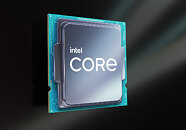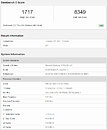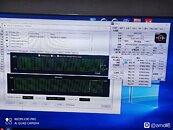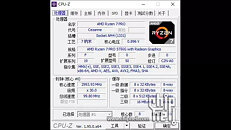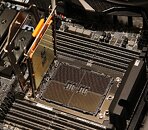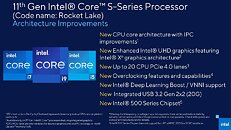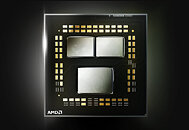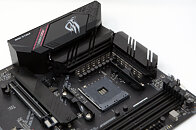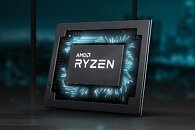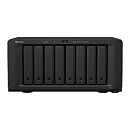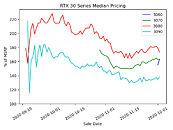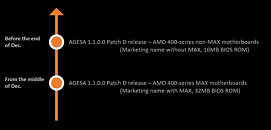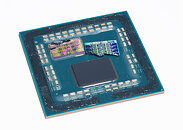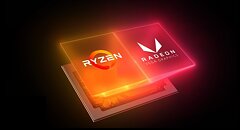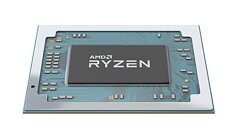
Intel Core i9-11900T "Rocket Lake" Processor Allegedly Catches Up with Zen 3 in Single-Threaded Performance
When AMD announced its Ryzen 5000 series of processors based on the new Zen 3 architecture, the performance of these processors was the best on the market. Even in our own testing, we have found that AMD's Zen 3 core is the highest performing core on the market, even beating Intel's latest and greatest, the 10th generation of Core processors. However, Intel has been doing some silent work and the company has developed a new core to be used in the 11th generation "Rocket Lake" platform. Codenamed Cypress Cove, the design is representing a backport of the 10 nm Sunny Cove design, supposed to bring around 19% IPC improvement across the board.
If you were wondering if that was enough to catch up with AMD's Zen 3 IPC performance, look no further because we have Geekbench 5 performance results of Intel's 35 Watt Core i9-11900T processor. Having a base frequency of only 1.51 GHz, the CPU is capable of boosting one or two cores to the very high speed of 4.9 GHz, giving us a good example of the single-threaded performance we can expect from this CPU. In GB5 tests, the Core i9-11900T has managed to score 1717 points in the single-threaded test and 8349 points in multi-threaded results. Comparing that to something like AMD Ryzen 5800X, which scores 1674 points in single-threaded results, Rocket Lake's Cypress Cove core has managed to be 2.5% faster than Zen 3. However, in multi-threaded results, the AMD chip is unmatched as the low TDP of the Intel processor is stopping it from reaching full performance.
If you were wondering if that was enough to catch up with AMD's Zen 3 IPC performance, look no further because we have Geekbench 5 performance results of Intel's 35 Watt Core i9-11900T processor. Having a base frequency of only 1.51 GHz, the CPU is capable of boosting one or two cores to the very high speed of 4.9 GHz, giving us a good example of the single-threaded performance we can expect from this CPU. In GB5 tests, the Core i9-11900T has managed to score 1717 points in the single-threaded test and 8349 points in multi-threaded results. Comparing that to something like AMD Ryzen 5800X, which scores 1674 points in single-threaded results, Rocket Lake's Cypress Cove core has managed to be 2.5% faster than Zen 3. However, in multi-threaded results, the AMD chip is unmatched as the low TDP of the Intel processor is stopping it from reaching full performance.
